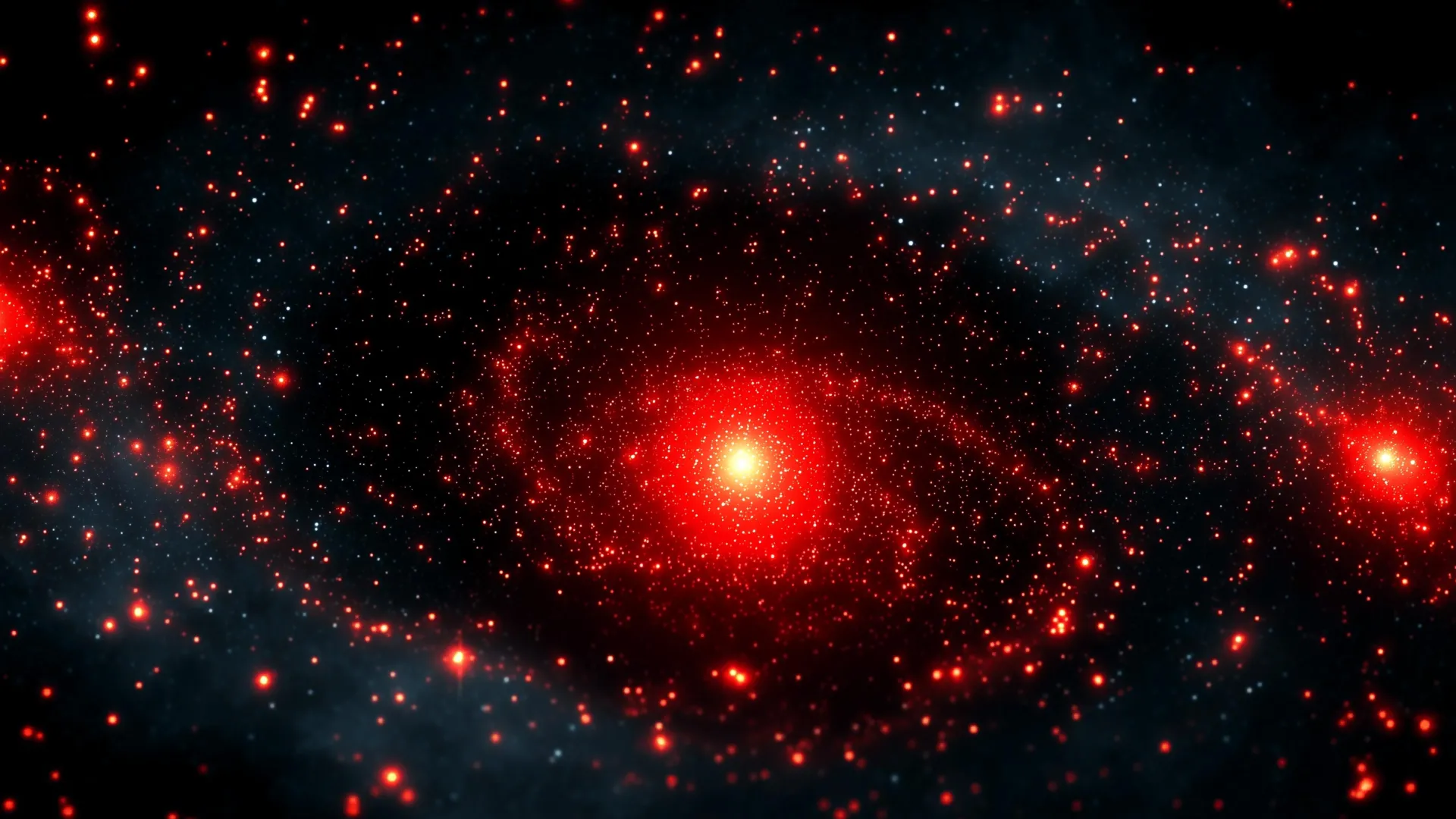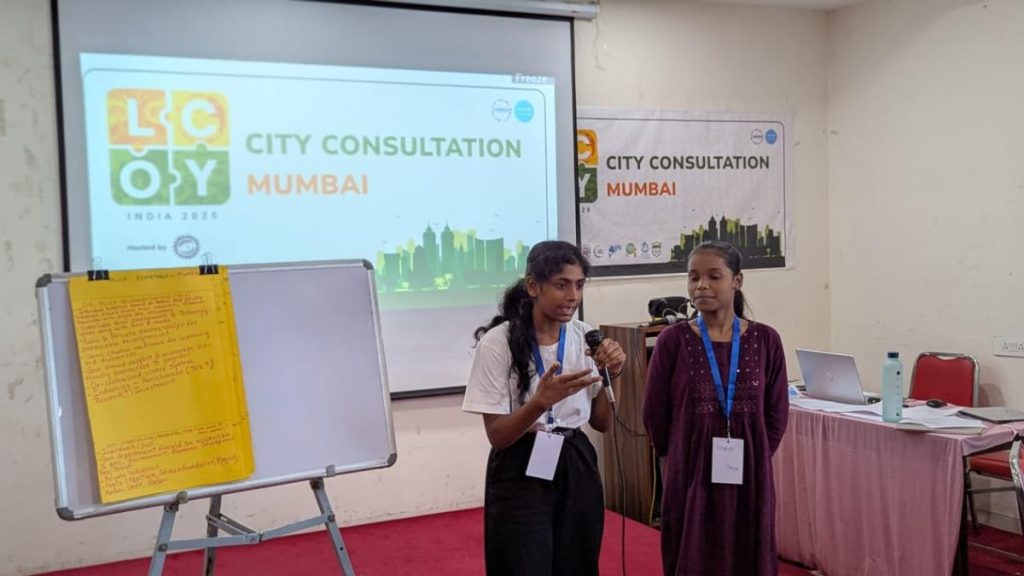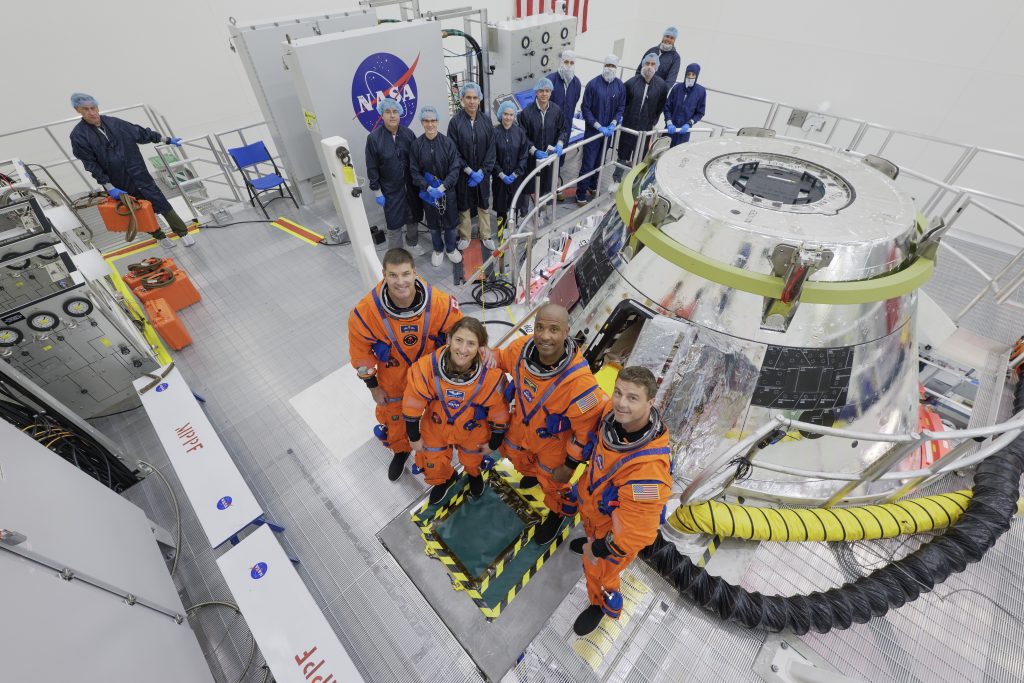Now Reading: Little Red Dots’ May Hold Clues to Black Holes’ Origins
-
01
Little Red Dots’ May Hold Clues to Black Holes’ Origins
Little Red Dots’ May Hold Clues to Black Holes’ Origins

Quick Summary
- Astronomers Fabio Pacucci and Abraham Loeb from the Center for Astrophysics | Harvard & Smithsonian proposed that “little red dots,” compact and faint early galaxies, are formed in very low-spin dark matter halos.
- These objects were discovered using the James Webb Space Telescope (JWST) and appear unusually luminous despite being one-tenth the size of typical galaxies.
- Their distinctive red color indicates they might potentially be shrouded in dust or composed of older stars. They were primarily observed during a brief time period around cosmic dawn when the universe was about one billion years old.
- debate continues over whether their luminosity stems from stars or central supermassive black holes, but these galaxies exhibit unprecedented stellar densities if powered only by stars.
- The authors hypothesize that low-spin halos create compact galaxies because slower rotational velocities concentrate mass toward the center.This explains why such objects are rare, limited to 1% of halos’ spin distribution.
- The paper also highlights that as dark matter evolves over time, it becomes harder to form similar compact structures due to increased angular momentum in larger halos.
- While unresolved whether powered primarily by black holes or stars, astronomers believe these environments facilitate rapid stellar formation or significant black hole growth.
Indian Opinion Analysis
The hypothesis presented by Pacucci and Loeb on “little red dots” adds a engaging dimension to our understanding of galaxy formation during cosmic dawn. Studying such phenomena could have profound implications for astrophysics research since these unusual early-universe structures might offer clues about how supermassive black holes co-evolved with their host galaxies-a process critical not only for cosmology but perhaps relevant to long-term scientific advancements like gravitational wave predictions.
The discovery underscores India’s growing emphasis on space science collaboration following recent milestones like Chandrayaan missions. Indian researchers specializing in fundamental cosmology could leverage findings from studies like this-collaborating internationally-to explore unresolved mysteries about dark matter properties and primordial black hole formations further.
By clarifying how rare cosmic events shape universal architecture across billions of years, academic peer reviews supported through initiatives globally (including possibly ISRO partnerships) will naturally shift curiosity toward expanding JWST-like tools worldwide ultimately. Neutrality ensures open-ended debates remain paramount ahead!




























